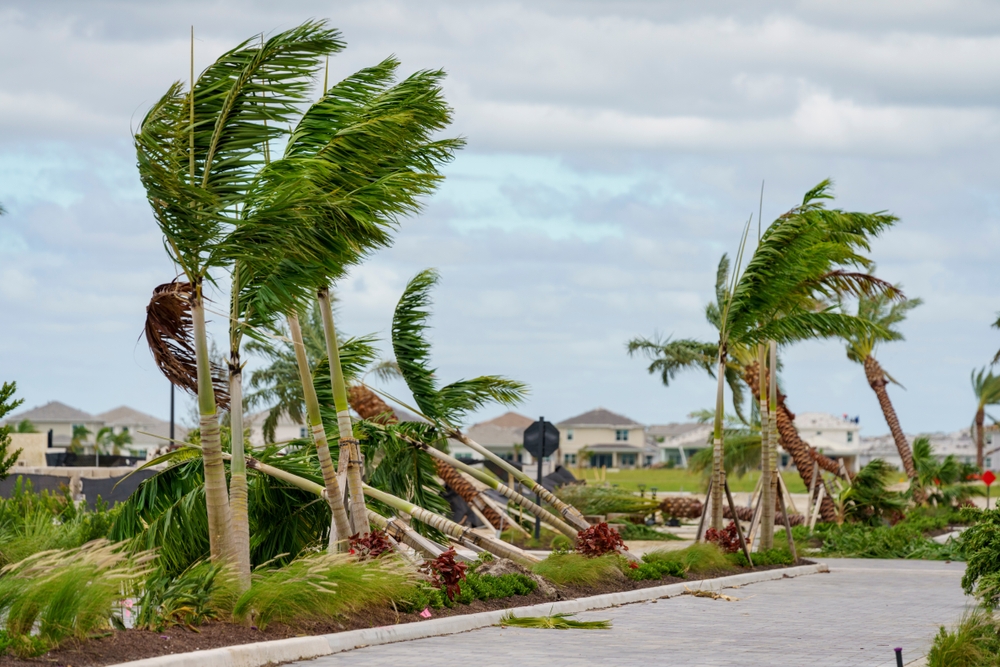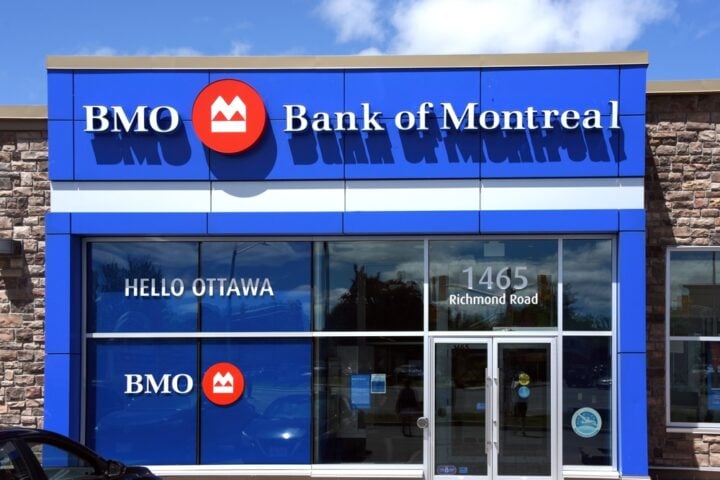As Hurricane Milton barrels toward Florida’s Gulf Coast, analysts warn that the global insurance industry could face losses of up to $100 billion. The Category 5 storm, among the most powerful to approach the region in recent history, is expected to make landfall between late Wednesday and early Thursday. Should Milton’s path cut through densely populated areas like Tampa, its financial impact could rival that of Hurricane Katrina in 2005, which remains the costliest natural disaster in U.S. history.
Milton’s Potential Impact: A Historic Threat
Projections for Hurricane Milton’s insured losses range from $60 billion to $100 billion, according to analysts at Morningstar DBRS. If the storm hits Tampa directly, it could rank among the most destructive hurricanes on record. The region is still reeling from the effects of Hurricane Helene just two weeks ago, raising concerns about its capacity to endure another catastrophic storm so soon.
While a $100 billion loss would place Milton on par with Hurricane Katrina, a lower estimate of $60 billion would align more closely with the damage caused by Hurricane Ian in 2022, which led to approximately $60 billion in insured losses. Either outcome highlights the severe risk that Milton poses to the insurance sector.
Rising Reinsurance Rates: A Price Surge Ahead
In light of the potential losses, industry experts predict a sharp rise in reinsurance costs as insurers adapt to an increasingly risky environment. Analysts from RBC have noted that while Milton’s impact is “very manageable” for the industry, it is likely to drive higher premiums and stricter terms during the 2025 policy renewals.
“Better reinsurance contract terms, broader earnings diversification, and bigger reserve buffers should put the sector in better stead than before,” RBC analysts remarked. They emphasized that insurers have implemented strategies to soften the financial blow of such natural disasters in recent years. This could prove advantageous for companies like Swiss Re, Munich Re, and insurers operating under Lloyd’s of London, who may benefit from the anticipated surge in reinsurance pricing.
Market Reaction: Insurers Feel the Pressure
The looming threat of Hurricane Milton has already taken a toll on stock prices for major reinsurers. Shares in firms like Swiss Re, Munich Re, and Lloyd’s of London companies such as Beazley, Hiscox, and Lancashire have dipped this week, despite their recent gains following strong earnings reports. However, analysts maintain an optimistic outlook, anticipating a recovery in these stocks as the market adjusts to the prospect of tougher pricing for reinsurance renewals in the months ahead.
Peel Hunt analysts have drawn parallels between Milton’s potential impact and a $134 billion loss scenario outlined by Lloyd’s of London earlier this year in one of its Realistic Disaster Scenarios. These scenarios are crafted to test the market’s resilience against large-scale catastrophes, and Milton’s projected path across Florida is seen as a close match to such a severe outcome.
Climate Change and Rising Disaster Risks
The increasing frequency and intensity of natural disasters like Hurricane Milton are frequently associated with climate change. As global temperatures rise, storms have become more intense and less predictable, prompting insurers to adjust by raising rates and limiting coverage in high-risk areas. This trend is reshaping how the industry manages catastrophe risks, with both reinsurers and insurers seeking more favorable terms to protect against escalating losses.
While scientists caution that attributing any single weather event directly to climate change is complex, the overall pattern points to a future with more frequent extreme weather events. This evolving landscape challenges insurers to adapt their strategies to manage increasingly intricate risk portfolios effectively.
Long-Term Prospects for Reinsurers
Despite the immediate downturn in the market, analysts predict that global reinsurers could see a rebound as they capitalize on rising premiums. With many reinsurance rates set for renewal on January 1, the aftermath of Milton could usher in a period of “harder pricing,” which could boost profitability across the sector.
“It’s only a matter of time before shares regain lost ground as prospects of harder pricing at the subsequent policy renewals set in,” RBC analysts commented. This period could present growth opportunities for insurers with diversified earnings and strong reserve buffers, despite the short-term challenges posed by disasters like Hurricane Milton.
As Hurricane Milton approaches Florida, the potential for up to $100 billion in losses highlights the severe challenges the insurance industry faces amid an era of increasingly frequent and intense natural disasters. With damage projections nearing those of Hurricane Katrina, the industry braces for substantial impacts while adjusting to evolving risks. Rising reinsurance rates and tougher contract terms could provide a silver lining for insurers, offering paths to recovery and growth even in the face of adversity.







